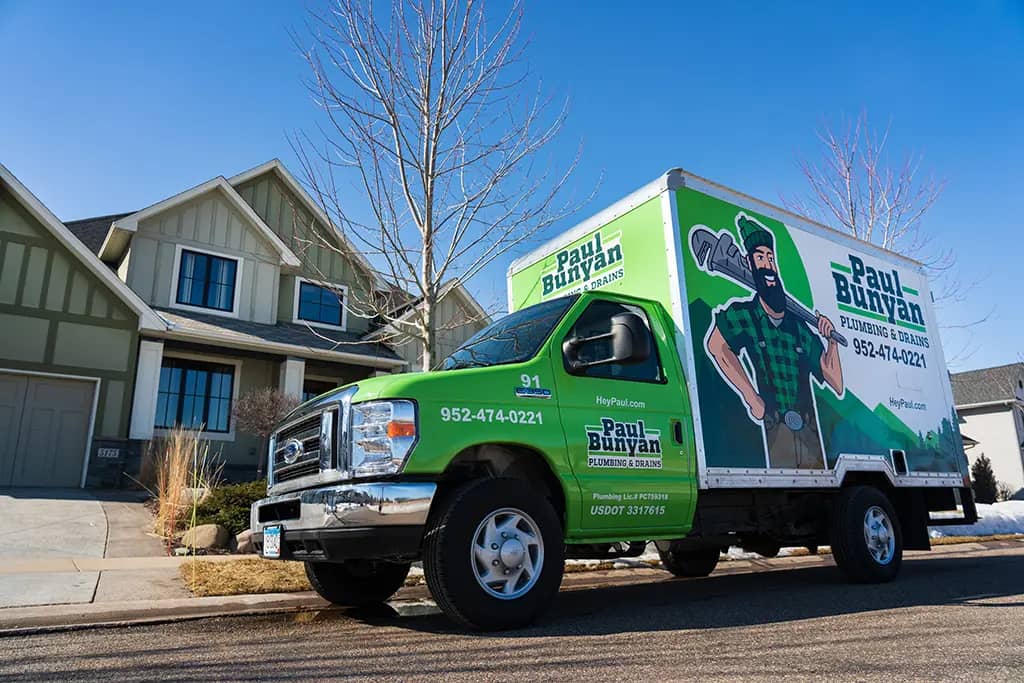Despite what some online sources may tell you, plumbing projects or issues should never be a DIY project. It is always worth your time to call for professional plumbing service. Plumbers go to school and spend years training in their craft, so it’s silly to think that you can learn everything you need to know in a short video or blog post. While you can’t become a plumber overnight, there are some general plumbing tips every homeowner should know. These eight tips can reduce your risk of needing plumbing service or help out before the plumbing service happens.
1. Know the Location of Shut Off Valves
You should always know where your shut off valves are located, especially if you’ve moved into a new place. In some homes, the shut off valves are located outside. While in apartments and condos, the shut off valve may be shared for the floor or entire building.
Knowing where the shut off valves are is essential if you ever have a flood. After calling a plumber for emergency plumbing service, you want to shut off the water supply quickly, so more damage isn’t done to your home while you wait.
2. Pipe and Sewer Line Locations
Another important tip is to know where your pipe and sewer lines are located. If you’re ever doing construction around the home, drilling in walls or pounding in nails, you want to avoid hitting and cutting a pipe. Even hitting a small pipe can result in severe damage to your walls, plumbing system, and floors.
Similarly, when completing construction or landscaping projects outdoors, you want to avoid digging into pipes or sewage lines.
3. Tighter Isn’t Always Better
Leaks are a common plumbing problem, and often homeowners think they can simply tighten the fittings and connections to stop the leak. But, overtightening can lead to broken bolts, stripped screws, and a seal that will wear out faster. You may have done all of this to avoid a plumbing service call and end up with a bigger problem that requires a plumber anyways.
In general, follow the advice of “hand tight is just right” when tightening faucets and connections. Or, better yet, just schedule a plumbing service to handle the problem quickly and effectively.
4. Invest in a Bathroom & Sink Plunger
If you find your drains are clogged and backing up, your first step is to use a plunger. What most people don’t realize is that you can use a plunger on a sink too! (Note, it should be smaller than your bathroom plunger.) For sanitary reasons, you will want to have separate plungers for the toilet and the sink.
If using your plunger doesn’t work, it’s time to schedule a plumbing service right away. You likely have a serious clog or plumbing problem to deal with.
5. A Flushing Education
Want to reduce the number of times you’re scheduling a plumbing service throughout the year? We recommend you learn the basics of what is and isn’t allowed to be flushed down the toilet. A toilet is not a trash can. Anything other than toilet paper should be thrown in the garbage instead. That includes sanitary hygiene products and wipes that are packaged as “flushable.”
Oh, and while we said toilet paper is the only item allowed down the toilet, even that has a restriction. Limit the amount of toilet paper per flush to avoid clogs. If it seems like a lot of toilet paper is needed, space it out in two flushes.
Educate your household on these rules and you might be saving yourself hundreds or thousands of dollars in the long run.
6. A Kitchen Sink Education
Just as the toilet has flushing rules, the kitchen sink has rules for what can go down the drain. Many people mistakenly dispose of harmful objects down the sink, not knowing the damage they’re doing to their pipes. For example, oils and fats from cooking should not be dumped down the drain. As these fats cool, they harden and create clogs in the pipes.
This rule applies to food scraps too. Just because you have a garbage disposal, doesn’t mean you’re supposed to throw food scraps down the sink. These scraps can also collect together to create serious clogs.
7. Don’t Ignore a Leaking Faucet
The dripping of a faucet is easy to ignore, but we recommend you call for plumbing service immediately. What may seem like a few drops can add up to thousands of gallons of water in a year. In fact, a leaking faucet of ten drips per minute adds up to over 2,000 gallons in a year. This adds unnecessary costs to your utility bills and is harmful to the environment too. As soon as you notice a drip, call a plumber.
8. Consider Insulating Your Pipes
Depending on where you live, your home may be prone to bursting pipes. If your pipes freeze, hot water traveling through the pipes can make the pipes expand and explode. This is an incredibly expensive problem to deal with and can potentially ruin your plumbing, floors and furniture, and lawn. Minimize the risk of frozen pipes by insulating them.
You can find insulation material at your local hardware store or ask a plumber to install the material for you. A plumber will also inspect your pipes and advise if this is the best approach for your home.
Paul Bunyan Plumbing & Drains – St.Paul, MN
Paul Bunyan Plumbing & Drains is the top plumbing company in St. Paul, MN. The residents of St. Paul, MN have come to trust and depend on the quality services provided by Bunyan Plumbing & Drains throughout the years. Some of the plumbing services offered by Bunyan Plumbing include drain cleaning, frozen pipe repair, leaks, emergency repair, replacement, and installation for toilets, water heaters, and HVAC. We’re available seven days a week for any of your emergency plumbing issues. No job is too small to have us come out and take a look. Contact us today to book your appointment.


